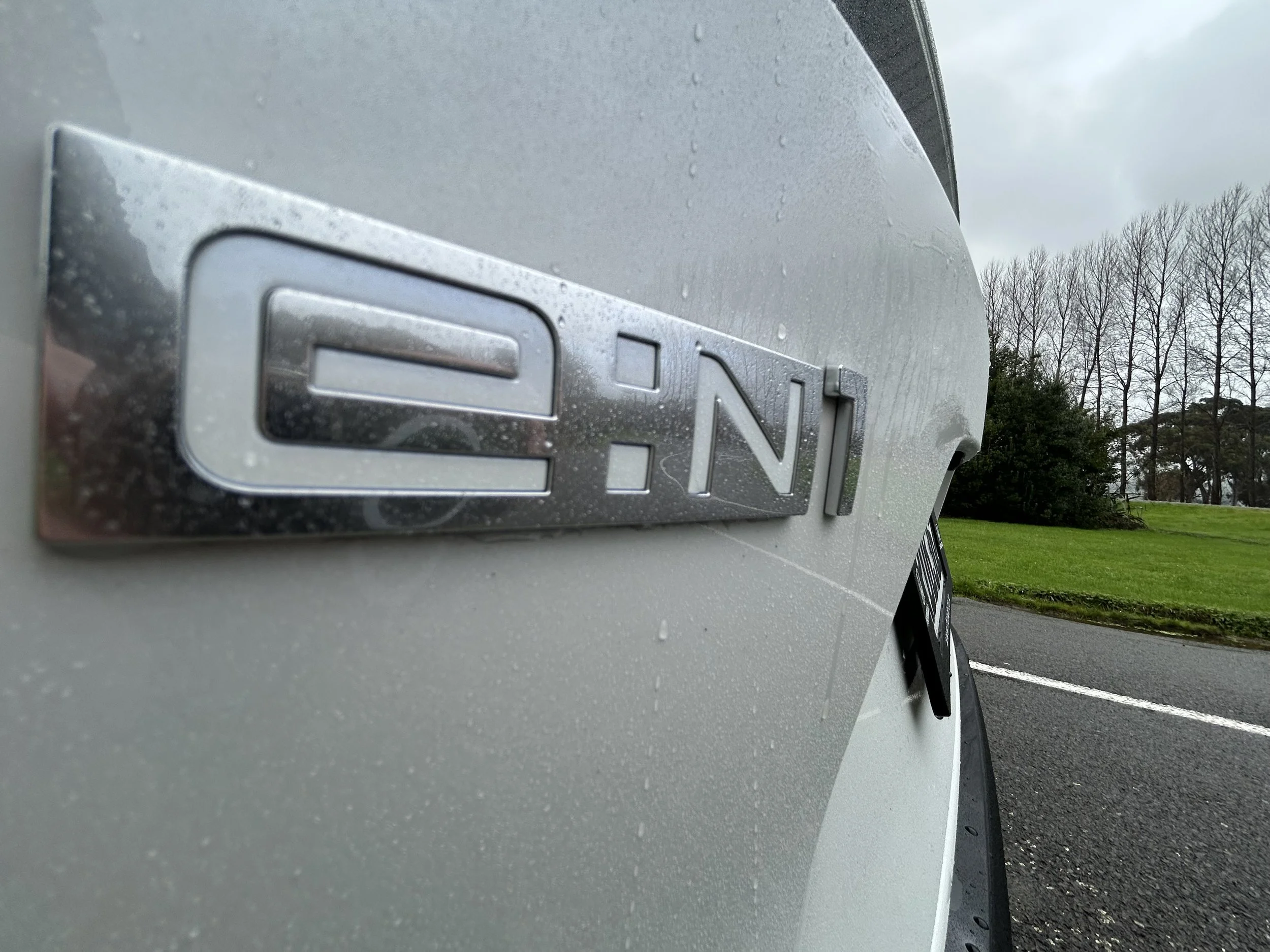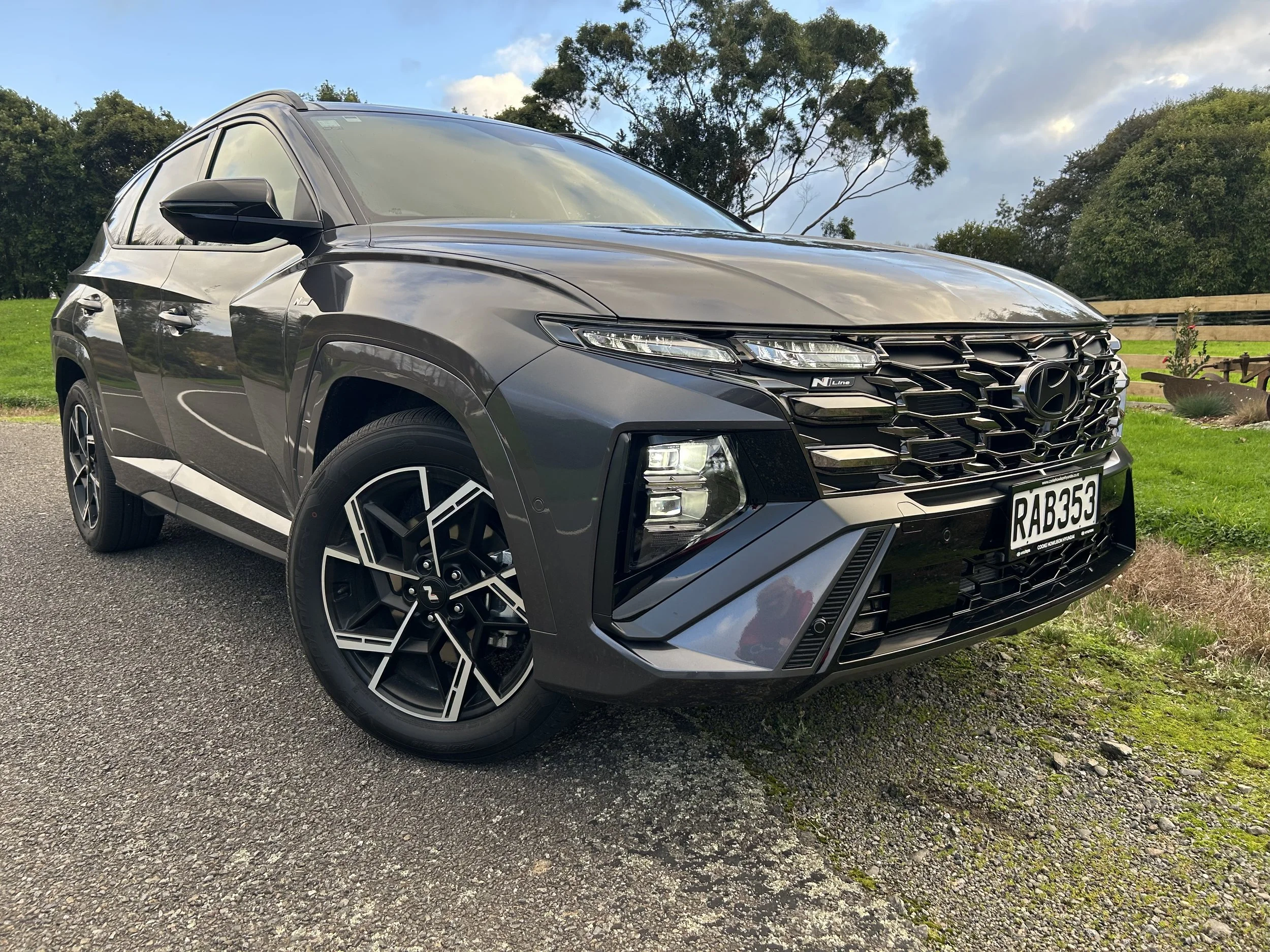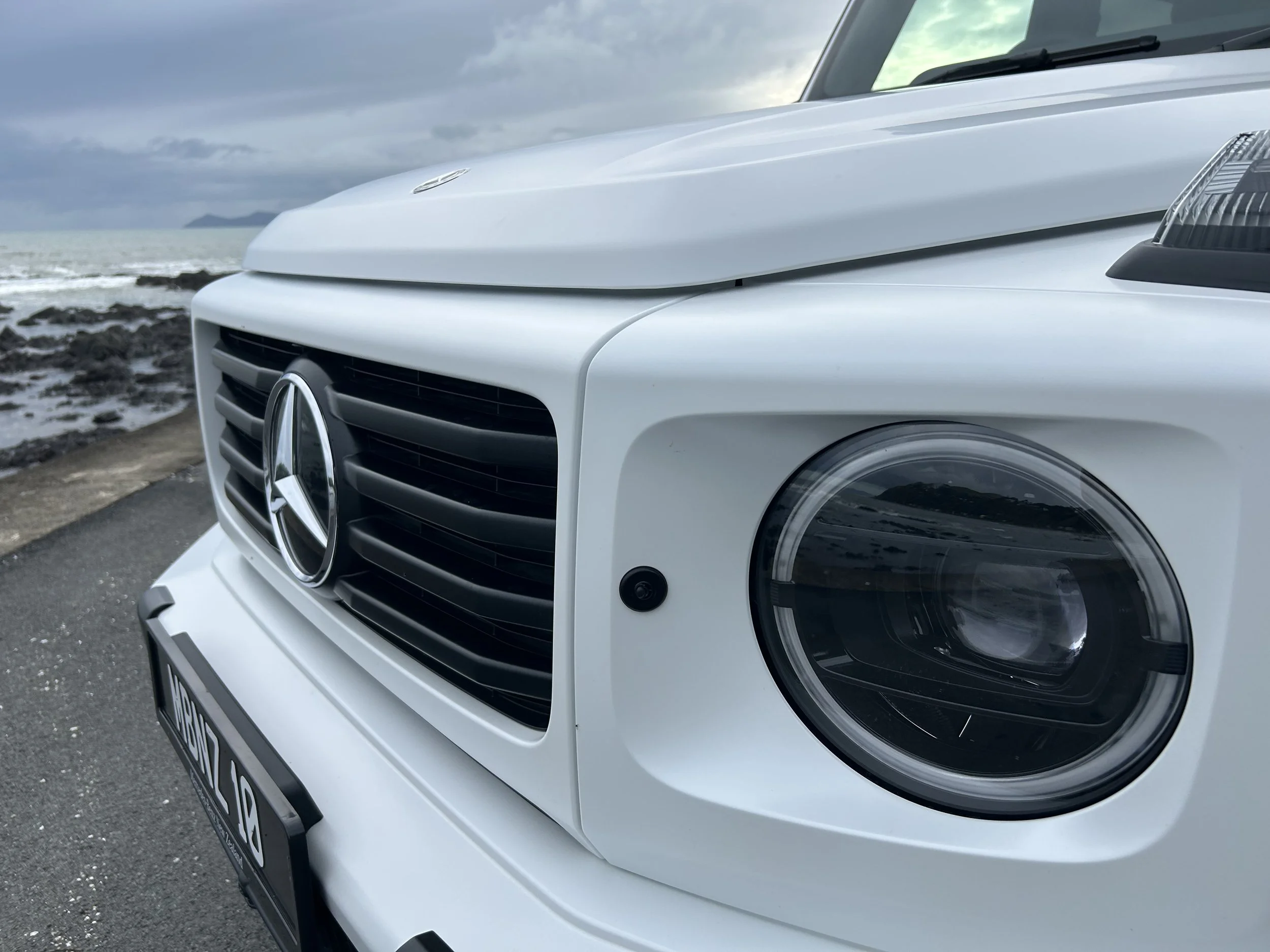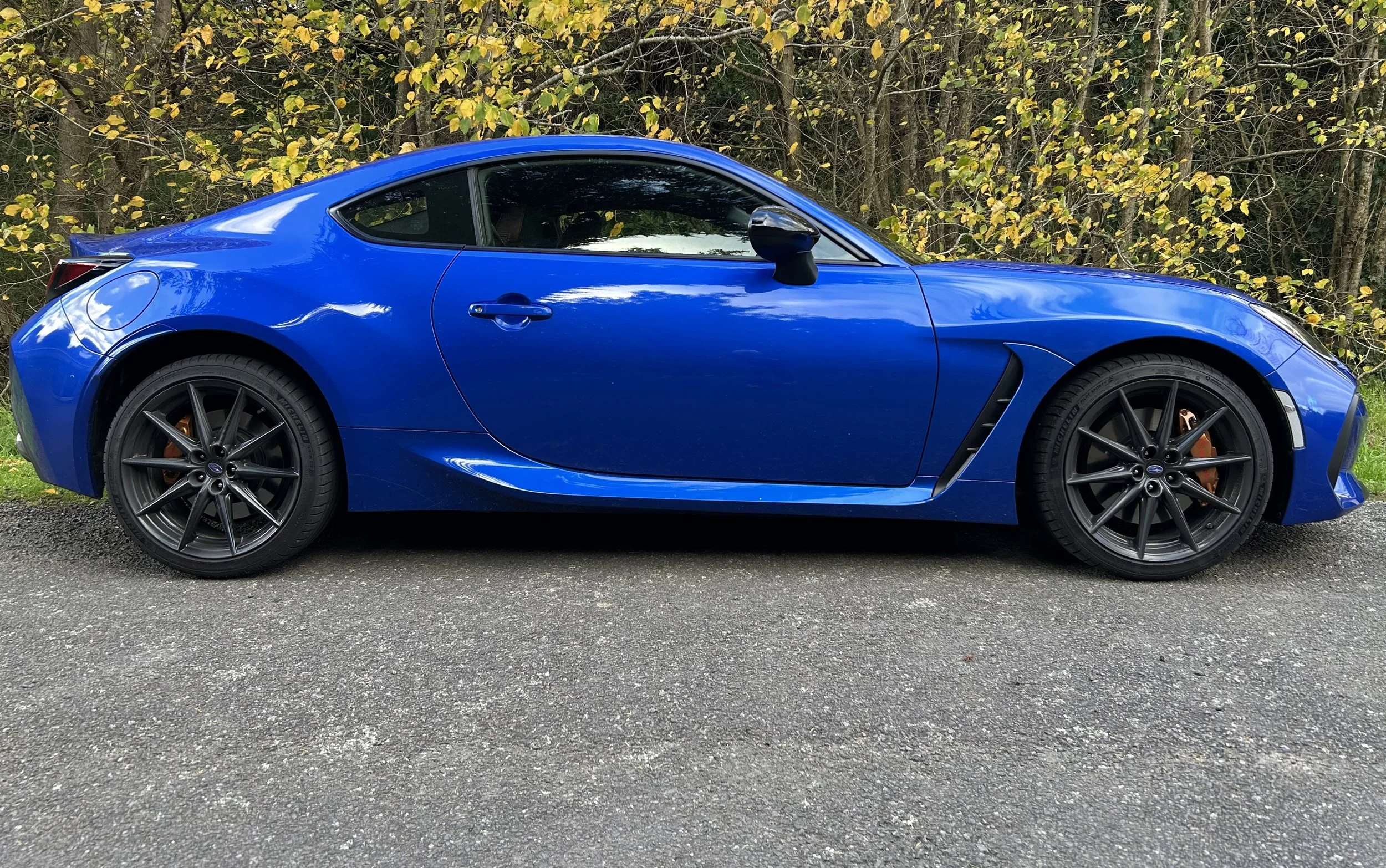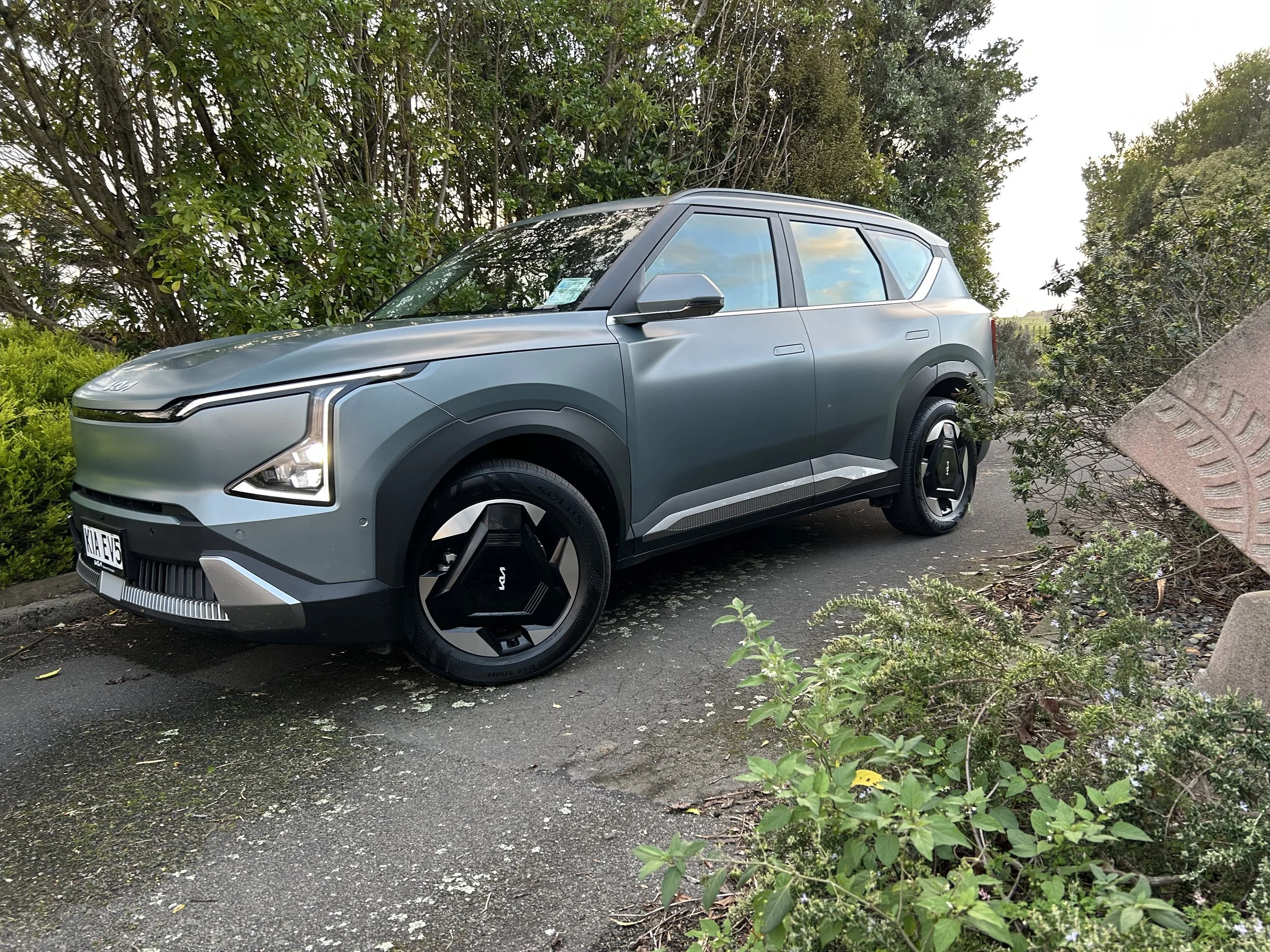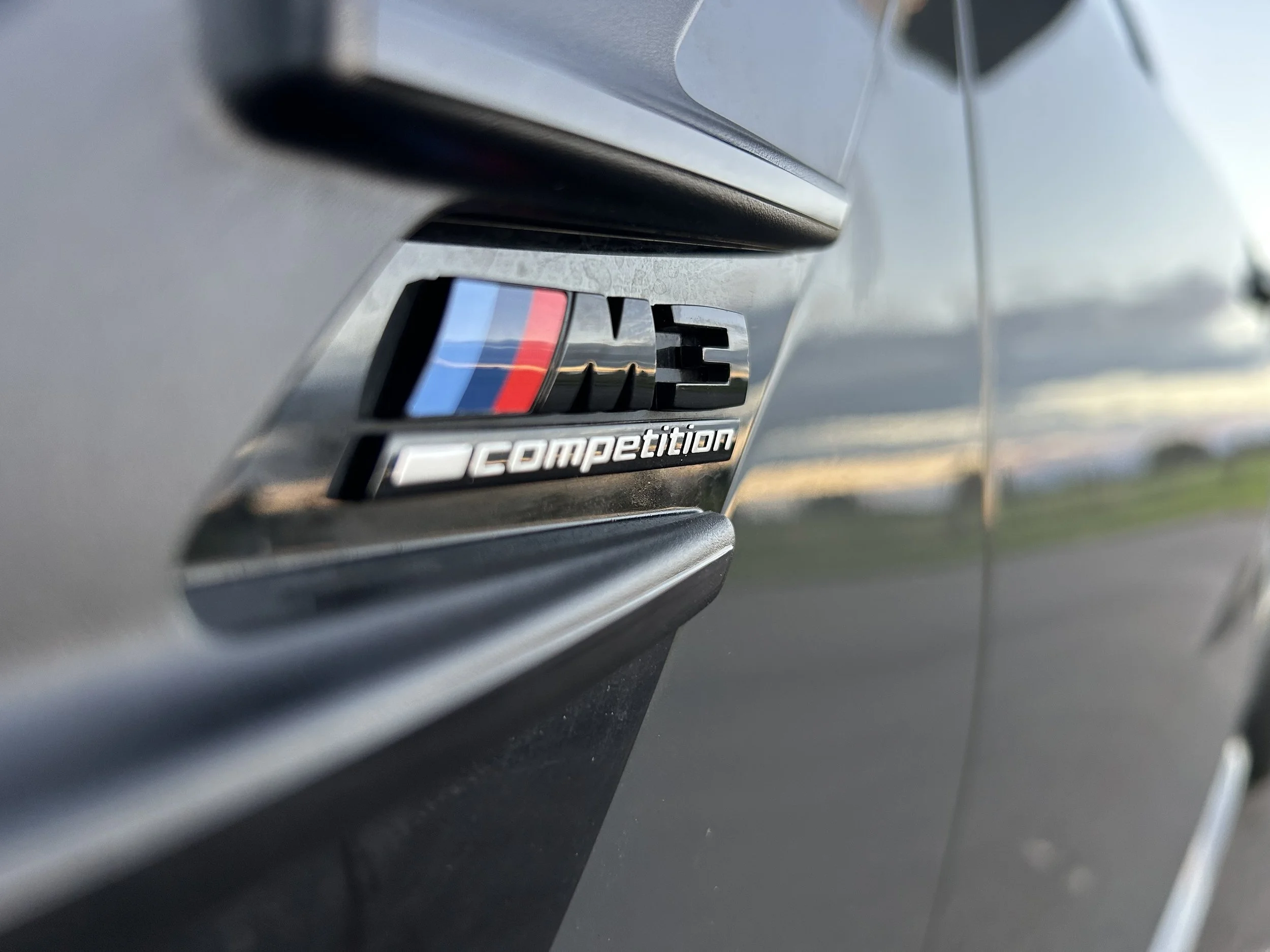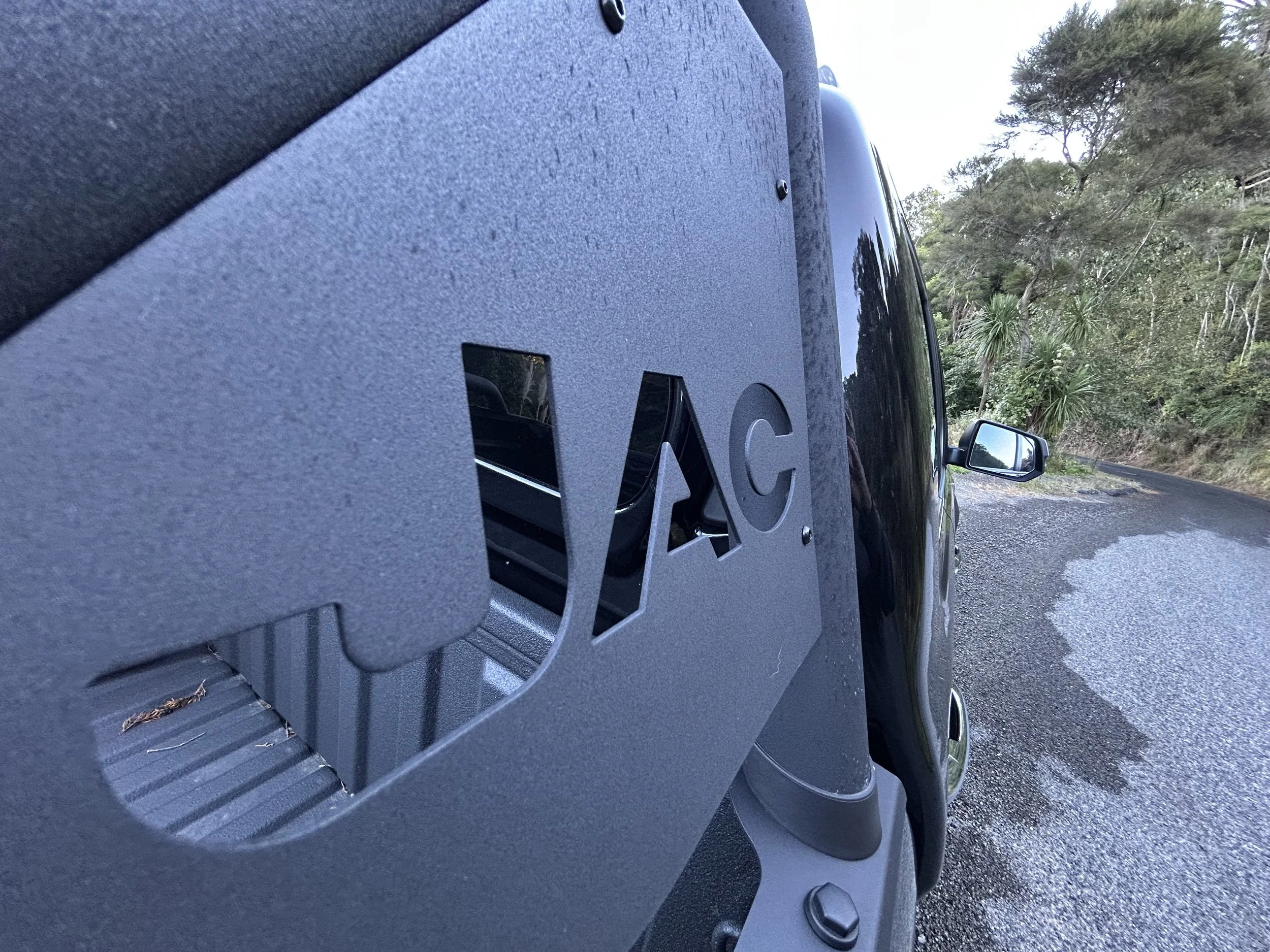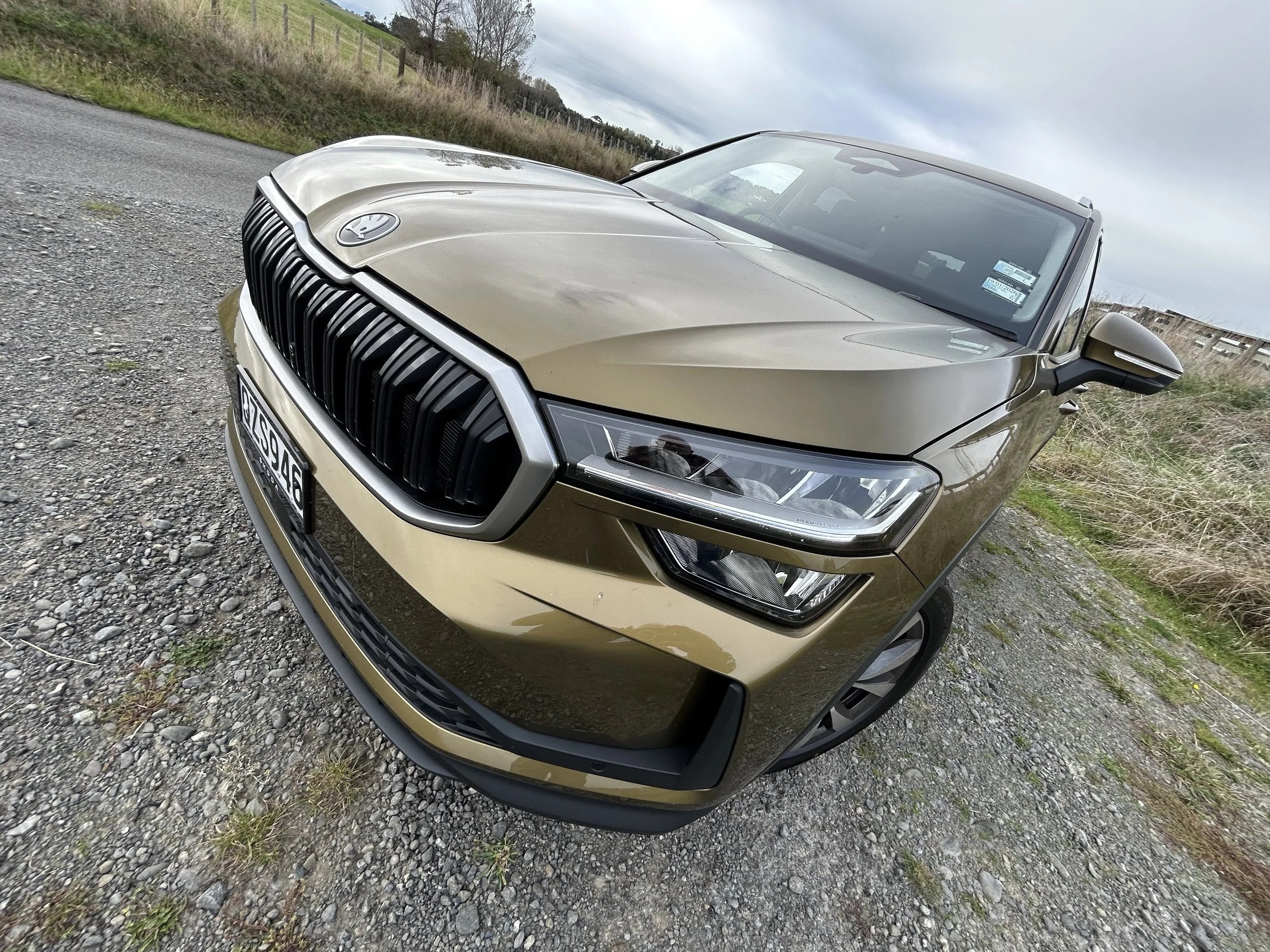Ute tax avoidance rush playing out
/Ranger, Hilux and Triton were market’s top sellers last month.
CONSUMER rush to secure highly-favoured one-tonne utes ahead of April 1, when a sticker-influencing emissions tax introduces, reflected in new vehicle sales statistics for last month, with three top traydecks dominating and commercial take-up climbing 29 percent.
New Vehicle distributors’ agency the Motor Industry Association says despite a slight softening in new car (particularly small models) and sports utility take-up - spanning electric choices as well as fossil fuel-reliant types - and regardless the overall year-to-date performance being down 1.2 percent, the overall activity made it the strongest February on record.
The top three models for the month being the Ford Ranger, with 1111 units, followed by the Toyota Hilux (890 units) then the Mitsubishi Triton (855) also has not surprised.
Chief executive David Crawford sees this and overall registrations of 12,551 units being half a percent up on February 2021 reflect consumer reaction to the impending Clean Car legislation.
In addition to introduction of a ‘ute tax’ that will add thousands of dollars to the prices of vehicles emitting more than 192 grams of Co2 per kilometre – the final penalty being dependant on the degree of non-compliance - the law is also expected to deliver changes to the discount scheme for vehicles on the safe side of the ledger.
Mild hybrid models are to become eligible for small rebates from that date; larger rebates for more electrically-intense product also rolls on.
“As anticipated with the pending changes to the Clean Car Discount scheme from 1 April, there has been a shift in sales patterns ahead of the full feebate coming into effect,” Crawford observed today.
“Sales of passenger cars and SUVs has softened slightly whereas sales of light commercial vehicles, most of which will pay a fee from 1 April onwards, have strengthened.
“This is expected and will likely to be repeated in March sales. Once the full Clean Car Discount (the feebate side of the scheme) comes into effect on 1 April it is anticipated sales of light commercial vehicles will soften”.
The rush for utes comes as distributors are under the pump to achieve adequate supply; as well as this being a period of elevated demand, the shortage of semiconductor chips, constrained shipping and slowdowns on some productions lines has affected the supply chain. One dealer related yesterday that he had customers who had said they would cancel orders for vehicles that failed to achieve registration by end of play on March 31.
The MIA notes 689 pure electric vehicles, 388 PHEV’s and 1020 hybrid vehicles were sold for the month.
The month saw 7680 passenger and SUV registrations, a 1032 unit/11.8 percent drop on the sale month of 202, whereas 4871 commercial vehicle registrations represented a 1095 unit/29 percent climb.
Toyota remained the overall market leader with 16 percent market share (1972 units), followed by Mitsubishi with 15 percent (1927 units), then Ford (11 percent, 1400 units).
In terms of year-to-date market share, Mitsubishi leads Toyota, a rare turn around, with Ford third.
The top selling electrics were the Tesla Model 3 (351), the Hyundai Kona (54) and Kia Niro (35); the Mitsubishi Eclipse Cross (228) headed the plug-in hybrid crop, followed by the MG HS (57) and Mitsubishi Outlander (25), while in the hybrid sector Toyota achieved first and third, with the RAV4 topping on 187 units and the Yaris achieving 126, these being split by the Honda Jazz 143.
Mitsubishi held market leader for passenger and SUV registrations, followed by Toyota then Kia; Mitsubishi’s Outlander being the sector’s most favoured model, albeit with just 546 units.
In the commercial sector spanning January and February, Ranger remains the most popular choice, followed by the Triton then Hilux.







